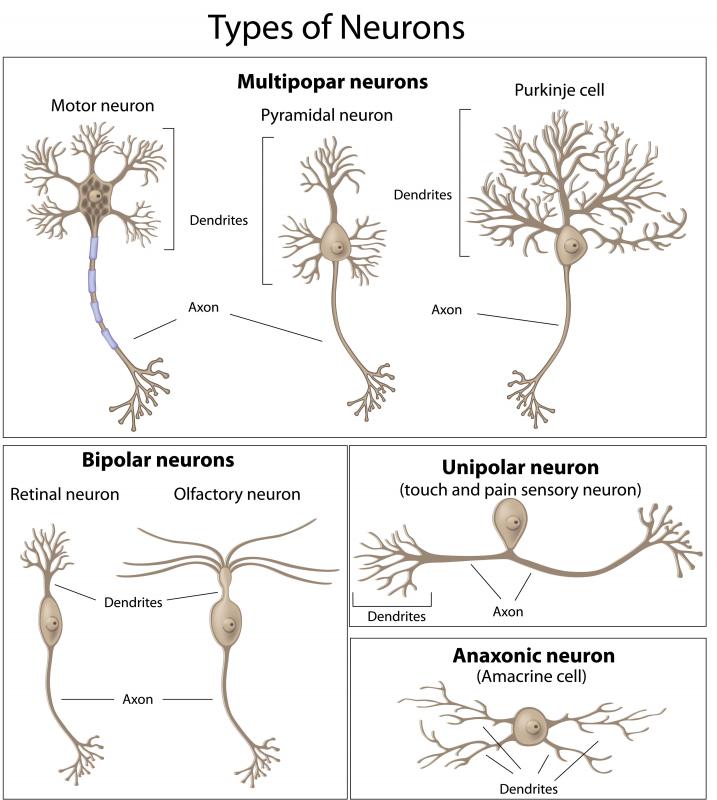At WiseGEEK, we're committed to delivering accurate, trustworthy information. Our expert-authored content is rigorously fact-checked and sourced from credible authorities. Discover how we uphold the highest standards in providing you with reliable knowledge.
What are the Nerves of the Body?
The nerves of the body play a vital role in transmitting information to and from the brain in the form of electrical impulses. Without these nerves, the body could not respond to harmful events, such as touching a hot stove. The nerves of the body comprise two major nervous systems: the central nervous system (CNS) and the peripheral nervous system (PNS). Together, these systems receive internal and external impulses, transmit them to the brain, trigger a reaction, and store information for later recall.
Children learn quickly why their parents tell them not to touch a hot stove or not to run too fast down a hill. Pain is caused when nerves react to an unwanted stimulus — be it external, like a fall, or internal, such as a pinched nerve. The pain, combined with messages either from the brain or triggered by certain reflexes, causes the person to do what she can to stop the unwanted stimulus and return the body to homeostasis.
Homeostasis is the body's desired goal at all times. When the body is in homeostasis, it is healthy and balanced. Nothing is malfunctioning or causing pain, and the nerves of the body remain calm and complacent.

When the nerves of the body respond to a stimulus, they are really sending electrochemical impulses through tiny nerve endings known as dendrites. The dendrites carry the impulses to the neurons, or nerve cells. The neurons then send the signal out through a single, tentacle-like ending known as the axon. The axon carries the signal on to the next neuron, and eventually the signal reaches the spinal cord.

This process of sending impulses through neurons to the spinal cord is accomplished through nerves contained in the peripheral nervous system. Their sole responsibility is to send messages from the body to the central nervous system. They are like little cars heading for a bigger interstate: the spinal cord.
On this bigger interstate, represented by the spinal cord, messages are routed back and forth between the brain and the peripheral nervous system. A message might start in the foot if a person starts to step on a nail while barefoot. The message travels through the neurons to the spinal cord which whizzes it on up to the brain. The brain processes the message and sends a response to the foot, telling it, "Pull back!" Instantly, the person jerks the foot back to avoid serious injury. The brain also stores information on what the nail felt like so in the future it can send the proper message even faster in the event of the same situation.

All those nerves of the body are controlled by the brain, which acts as the commanding officer for everything that happens in the body. Twelve nerves known as the cranial nerves allow the brain to control the most important functions of the body. These include eye movement, sense of smell, and taste. Most of the cranial nerves are related to facial movement, but some control parts of the body like the digestive system and heartbeat. Together with the spinal cord and numerous neurons, the brain can control every aspect of the body, right down to the blink of an eyelid.
AS FEATURED ON:
AS FEATURED ON:













Discuss this Article
Post your comments